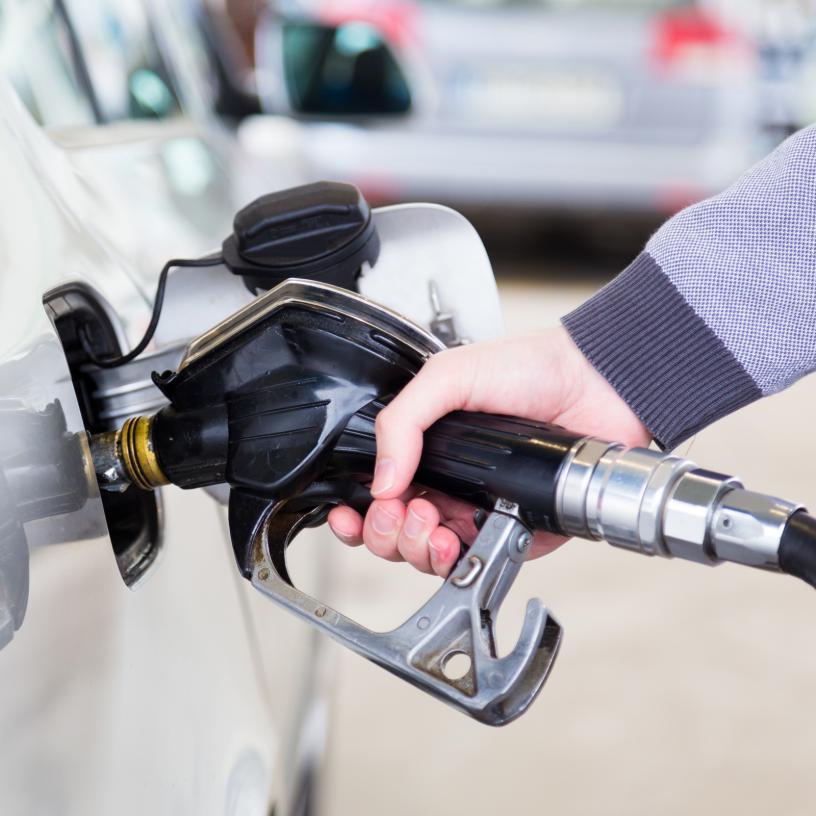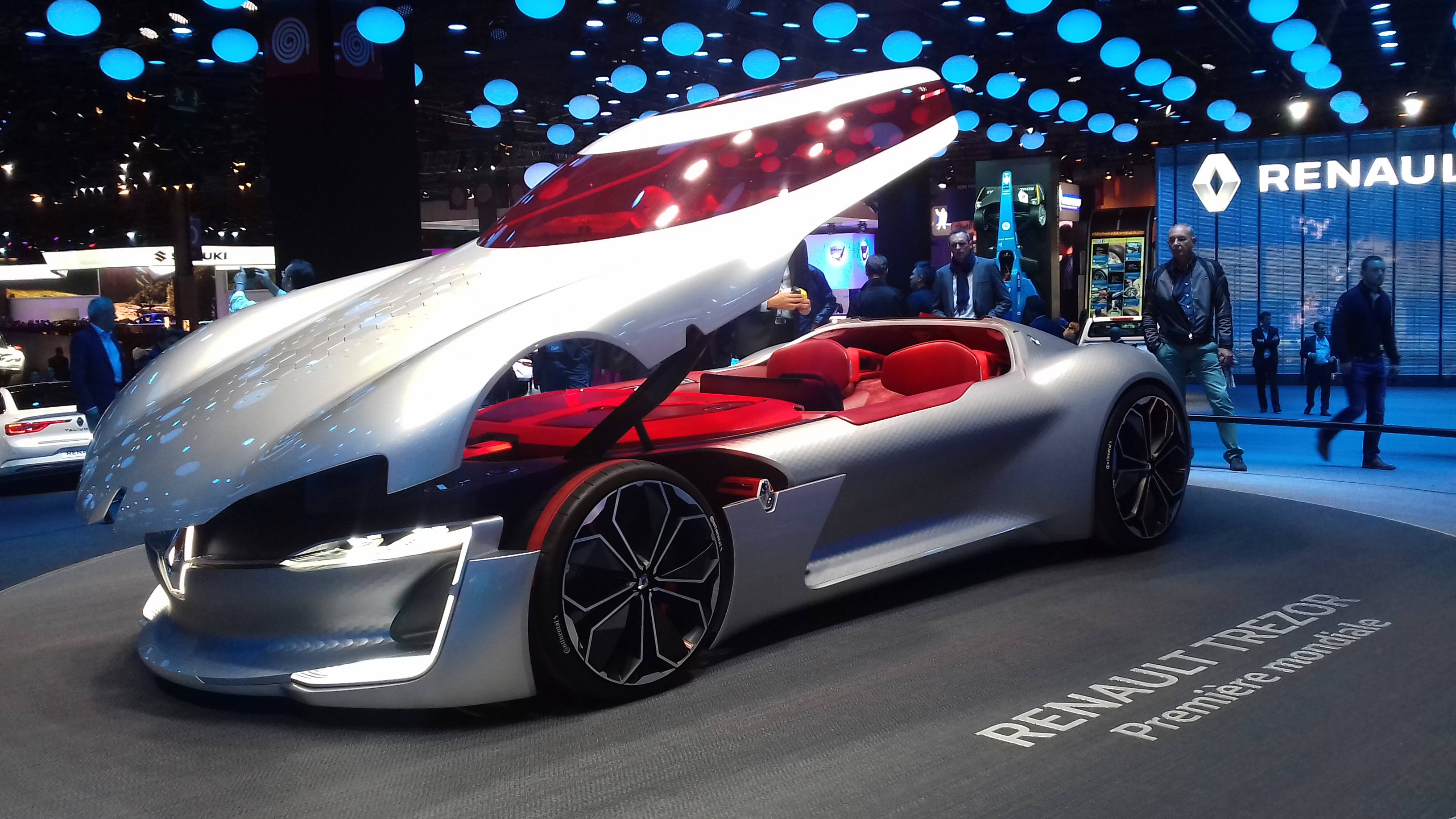French car maker and renowned global automotive brand Renault mentioned that it is looking to combine manufacturing plants for possible cost savings. In a statement released recently, the car manufacturer showed interest in combining three electric car manufacturing plants in Northern France to form a conglomerate, which will save production costs and churn out more than 400,000 auto vehicles each year by 2025.
Renault also mentioned that the single electric vehicle plant, which will be called Renault ElectriCity would help create 700 new jobs across the three plants, which already employ 5,000 people when combined.
The company is facing a stiff challenge in the electric car market, with rival Volkswagen catching up in the market. Changes such as these “will contribute to reaching the necessary competitiveness to produce B segment cars in France“, the plant manager said, referring to smaller passenger vehicles, which are popular in France.
Renault, which has been operating under a loss recently, is looking to not only slash costs but also reduce its workforce under new CEO De Meo. The car manufacturer is looking to shift attention towards the electric car market and open new revenue streams and cost savings here.
YouTube Link; https://www.youtube.com/watch?v=dvyDiWSUk8A



